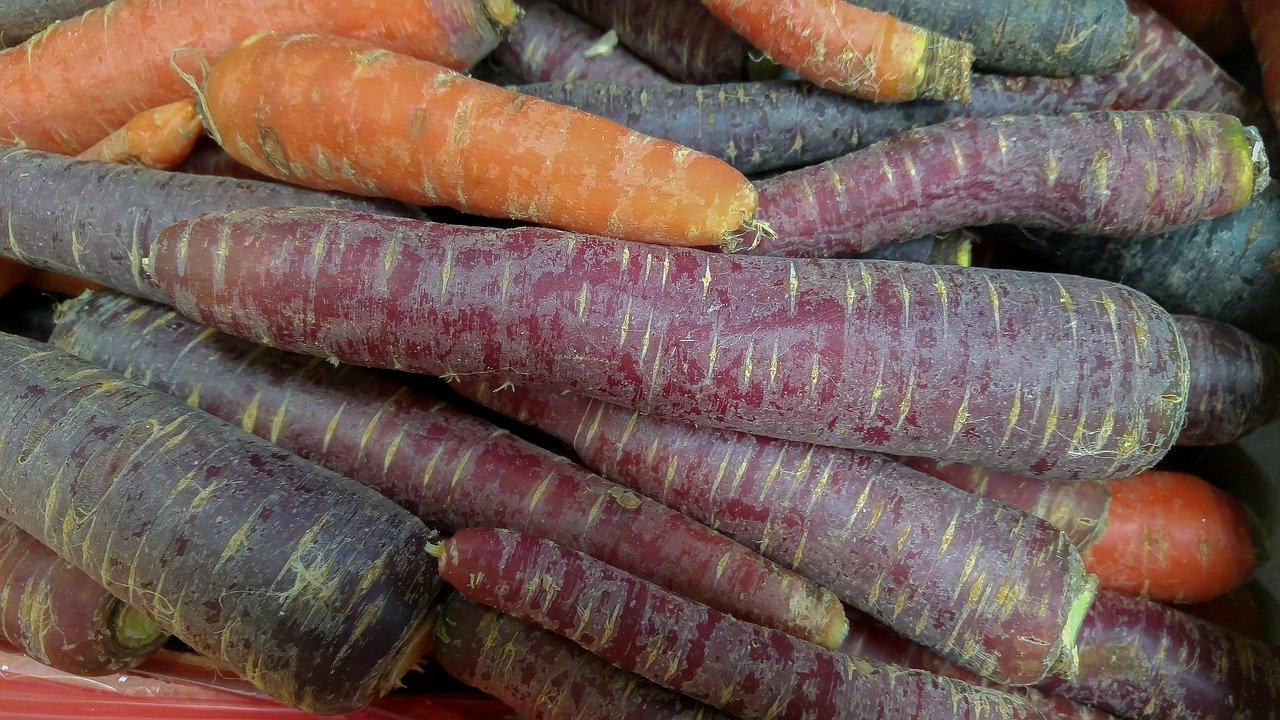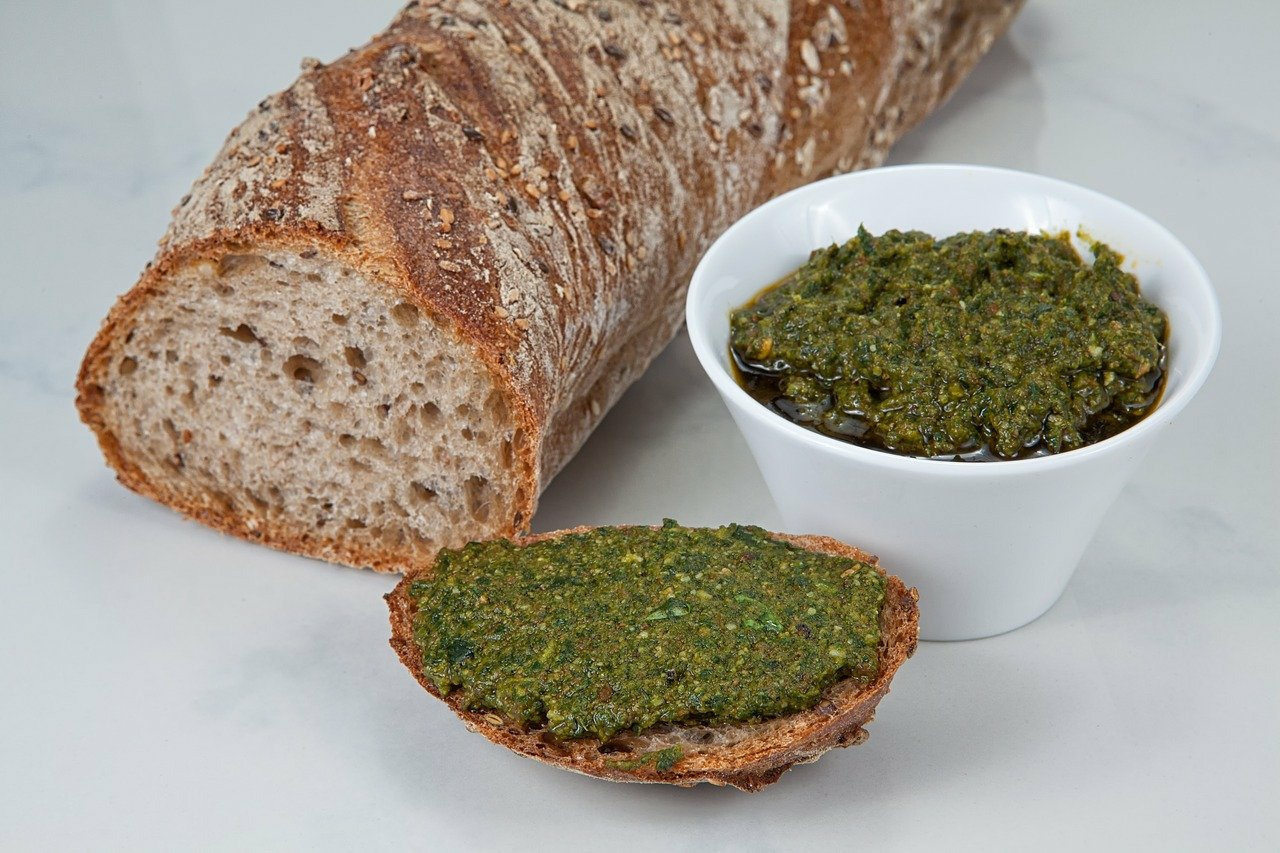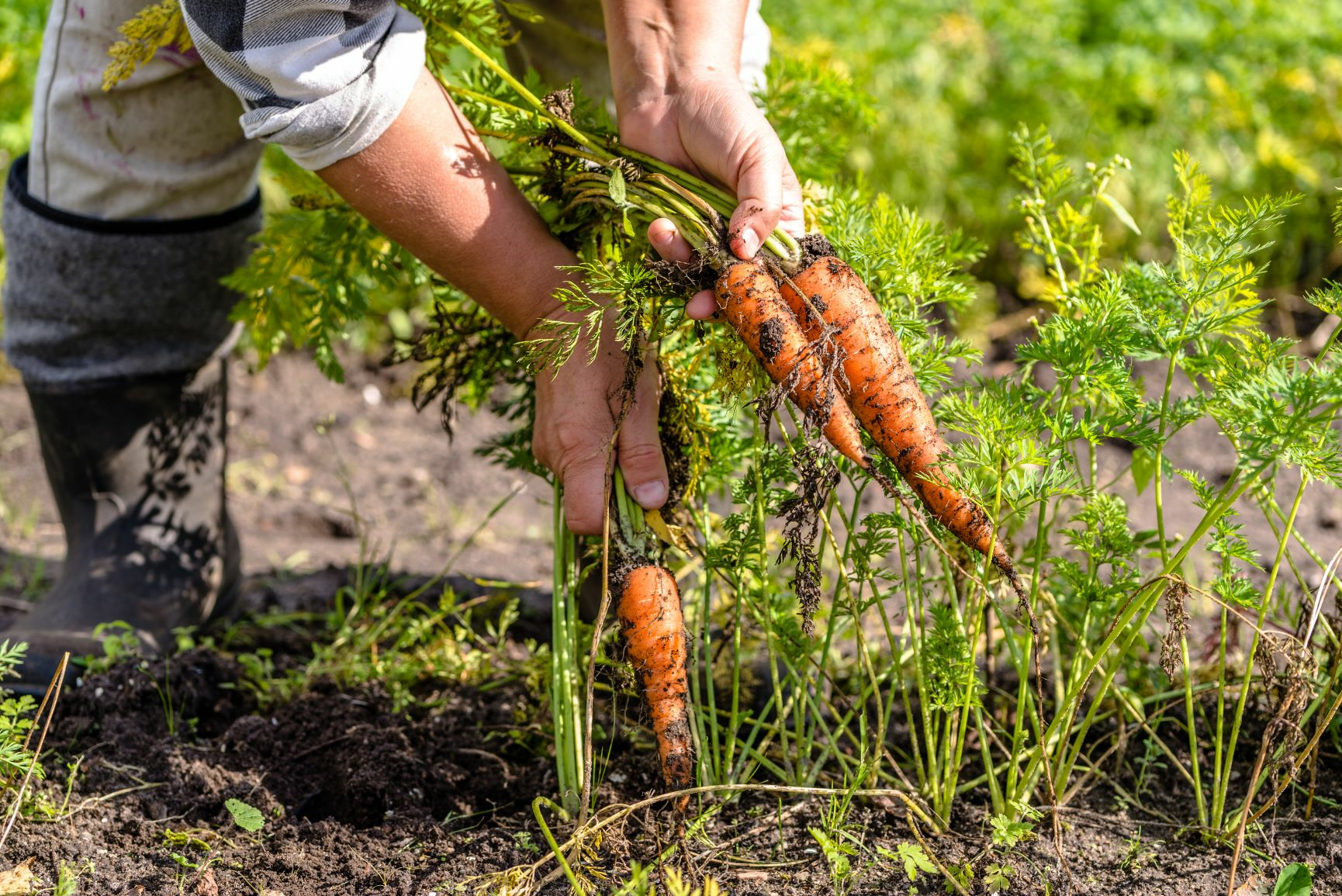How to grow carrots successfully
Good to know
Gardeners and farmers use the cultivated carrot (Daucus carota subsp. sativus), which is derived from the wild carrot (Daucus carota subsp. carota). Both belong to the umbellifer family (Apiaceae). It also serves as an indicator plant for dry, nitrogen-poor soils. In fact, only the longer and larger varieties are usually referred to as carrots, while the rounder and shorter varieties are called carrots. However, most people use the term as a synonym and that's what we want to do. Carrots are actually biennial plants, but are only cultivated as annuals except for seed production. The plant stores all the important minerals and nutrients in its roots. The carotene content is highest in carrots compared to all other vegetables. Vitamin A, biotin and potassium are also found in the storage organ.
Conditions

- Light requirement: sunny
- Nutrient requirement: medium
- Water requirement: medium
- Soil: loose, sandy, stone-free and deep, high humus content
- Germination temperature: 18-22 °C
- Planting depth: approx. 0.5 cm (light germinator)
- Plant spacing: 3 cm
- Row spacing: 30 cm
Mixed culture
One of the best known and most successful mixed cultures is that between onions/leeks and carrots. Here, the partners protect each other from the onion fly/carrot fly by releasing secondary substances. Leeks are said to be best suited for this mixed culture, as they have a similar water requirement to carrots. Rosemary also repels the carrot fly. A little dill in the carrot row should help the carrots to germinate and at the same time keep pests away.
Sowing

Carrots often germinate very slowly or poorly, but this can be avoided with a trick. Put the small seeds in a screw-top jar with some quartz sand and a little water (the sand should only be quite moist and not floating in the water). Shake the mixture and place it on a heater for a few days. After a few days, the seeds should germinate and you can sprinkle them into the seed groove together with the sand and press them down carefully. As carrots are root vegetables, they should not be pre-germinated as the underground organs can be damaged when transplanted. You can start direct sowing in March. If you have heavy soil, you can mix in some sand when digging. Sand, seaweed lime and rock flour in the 2 cm deep seed furrows is also conducive to germination and growth. Press the seeds down lightly and do not cover them with too much soil. Finally, press the surface of the soil down a little and water regularly.
Care
Once the carrots have sprouted and grown, you should thin out the rows if necessary so that a planting distance of 3-4 cm is maintained. Do the thinning in the evening to prevent the carrot fly from being attracted by the smell of the plucked carrots. If the carrots protrude from the soil, you can mound them up to avoid green patches. Water your carrots evenly. A thin layer of mulch made from grass cuttings or comfrey leaves can also be laid out around the carrots. Always work ripe compost well into the soil to fertilize the mid-season carrot and never fresh manure, as this attracts pests. Take a cultivation break of at least 3 years after the harvest.
Harvest

Harvest your carrots when the tips of the leaves turn yellow or reddish. Don't wait too long, otherwise the roots may burst, crack or develop hair roots. To harvest, pull the carrots out of the soil that has been previously loosened with a spade. Only roughly remove the soil from the carrots, this will keep them longer in storage.
Store
It is best to use late and storable varieties for storage. You should also only select carrots without visible damage (cracks, spots, wounds). To store the carrots, layer them in a box with damp sand. Place this in a dark room with the lowest possible temperatures (approx. 2-5 °C) and high humidity (80-90 %) (e.g. cellar or garden shed).
Important: the sand in the box should not be too wet, otherwise it may rot. Moisten the sand slightly by watering if it loses some moisture over time.
Process

Whether in salads or soups: The carrot is versatile. It is also tasty as an oven vegetable or caramelized in a pan. You can also grate it and mix it into bread or cake batter. What many people don't know: The cabbage is also edible. It can be used to make a delicious pesto with just a few ingredients.

